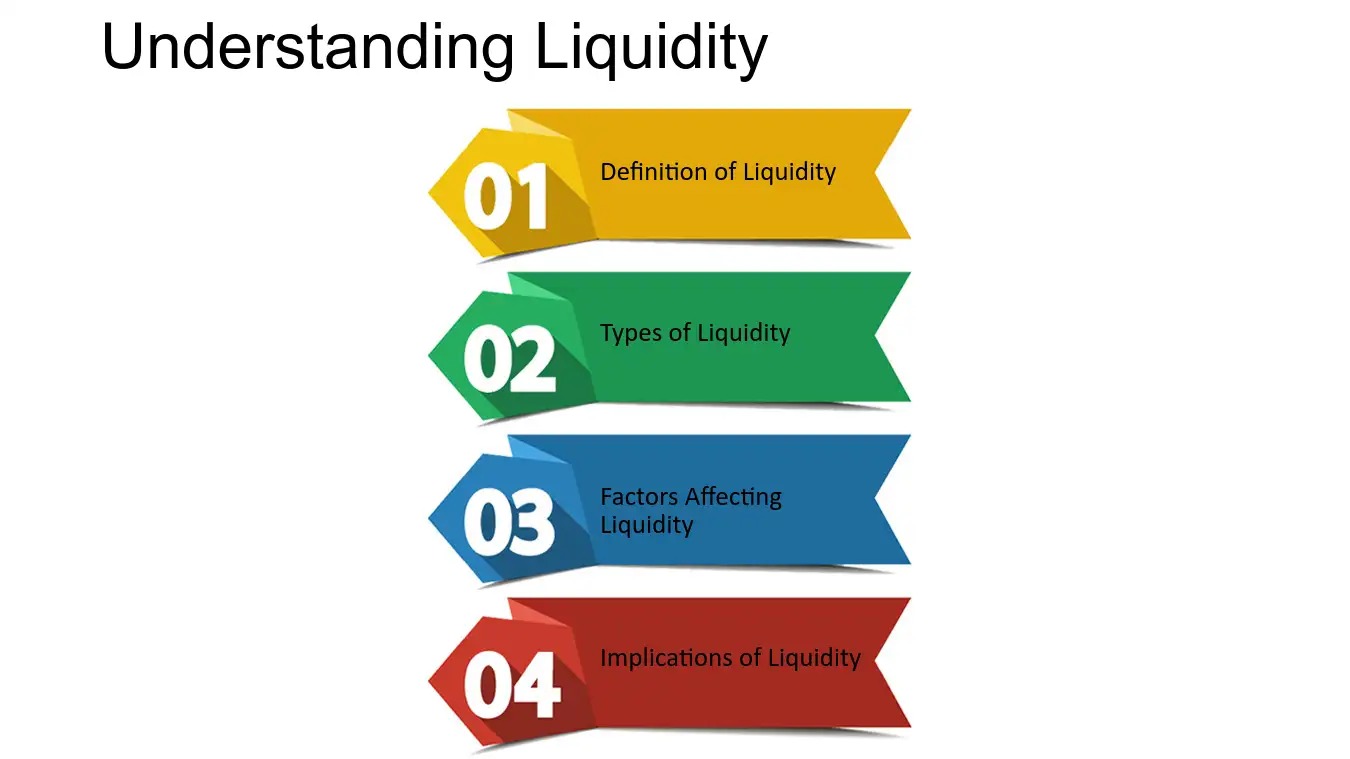Home>Finance>October Effect: Definition, Examples, Statistical Evidence


Finance
October Effect: Definition, Examples, Statistical Evidence
Published: January 2, 2024
Learn about the October Effect in finance, its definition, examples, and statistical evidence. Explore how this phenomenon impacts the financial markets.
(Many of the links in this article redirect to a specific reviewed product. Your purchase of these products through affiliate links helps to generate commission for LiveWell, at no extra cost. Learn more)
Discovering the Mysterious October Effect: A Fascinating Journey into the World of Finance
As we sail through the ever-changing tides of the financial market, there are certain phenomena that captivate the attention of investors, analysts, and curious minds alike. One such intriguing phenomenon is the infamous “October Effect.” But what exactly is the October Effect? In this blog post, we will delve into the definition, explore some notable examples, and examine the statistical evidence behind this market anomaly.
Key Takeaways:
- The October Effect refers to the supposed tendency of stock market downturns or increased volatility during the month of October.
- While there have been instances of market crashes in October, it is important to note that correlation does not necessarily imply causation.
Unveiling the Mystery: Defining the October Effect
The October Effect is a term widely used to describe the belief that financial markets experience negative performance, heightened volatility, or even market crashes during the month of October. This phenomenon has sparked both fascination and fear among investors for decades, with various theories, historical events, and statistical data supporting the existence of the October Effect.
Historically, some of the most notable financial crises have occurred in October, such as the infamous Stock Market Crash of 1929, also known as “Black Tuesday,” which precipitated the Great Depression. Additionally, the Black Monday crash of 1987 and the Global Financial Crisis of 2008 both had significant events that occurred in October, further fueling the theories surrounding the October Effect.
However, it is crucial to approach this phenomenon with a cautious mindset. While there have indeed been instances of market downturns during October, it is essential to recognize that correlation does not necessarily imply causation. Economic factors, geopolitical events, and investor sentiment all play critical roles in market fluctuations, and attributing them solely to the month of October would oversimplify the complexity of the financial landscape.
Statistical Evidence: Separating Fact from Fiction
When examining the statistical evidence behind the October Effect, it becomes apparent that the notion of a consistent October decline is not as straightforward as it may seem. Numerous studies have been conducted to investigate the validity of this market phenomenon, with mixed results.
While some studies suggest that there is indeed a statistically significant drop in the market during October, other research argues that the effect has diminished over time or exists only in certain periods. One prevailing theory is that the October Effect may have been more prominent during earlier decades when market regulations, information dissemination, and trading practices were less sophisticated than they are today.
It is vital for investors to approach the October Effect with a rational mindset, taking into account all relevant economic indicators, historical patterns, and current market conditions. Relying solely on a single month’s historical performance would be ill-advised and may lead to overlooking substantial investment opportunities.
In Conclusion
The October Effect continues to captivate the imagination of investors and researchers alike, offering intriguing insights into the complexities of the financial market. While there have been instances of market declines and volatility during October, it is important to remain cautious and consider all relevant factors when making investment decisions. The world of finance is influenced by a multitude of variables, and attributing market movements solely to the month of October would be oversimplifying the intricate interplay of countless factors.
Whether you believe in the October Effect or not, it serves as a reminder that thorough research, diversification, and sound financial planning are key components of successful long-term investing.














